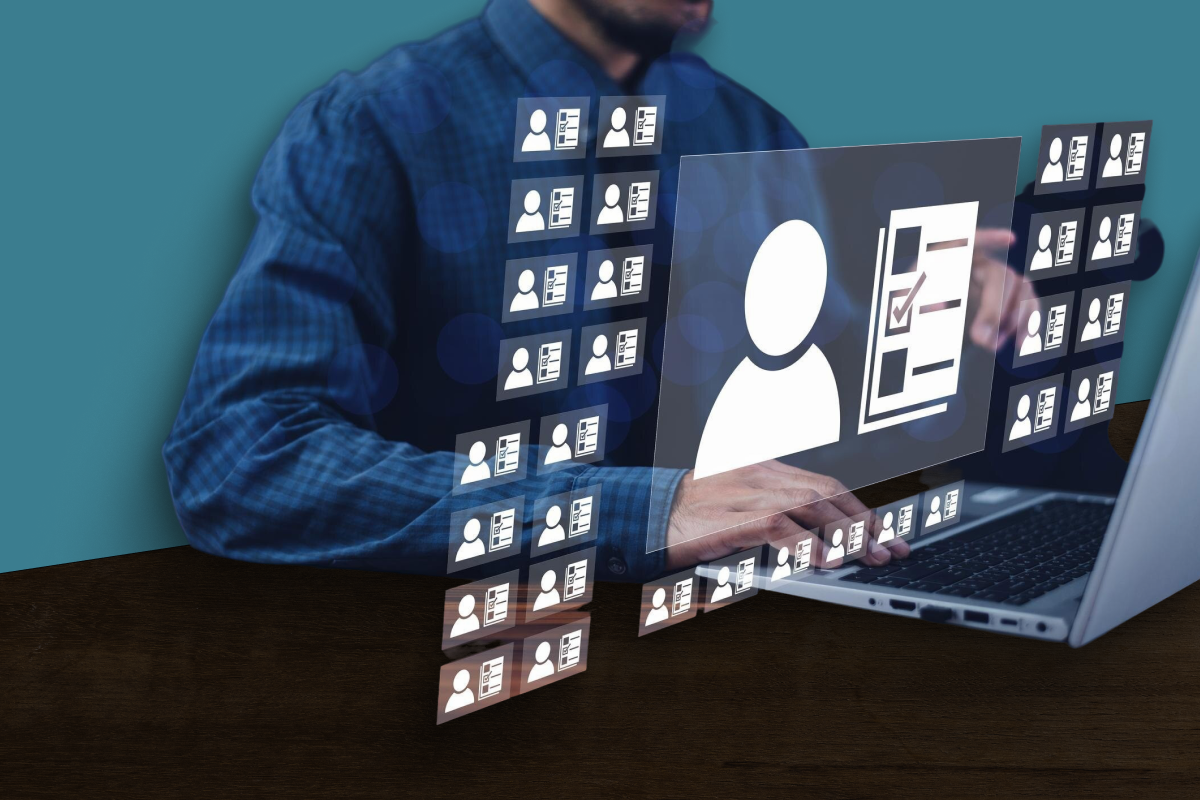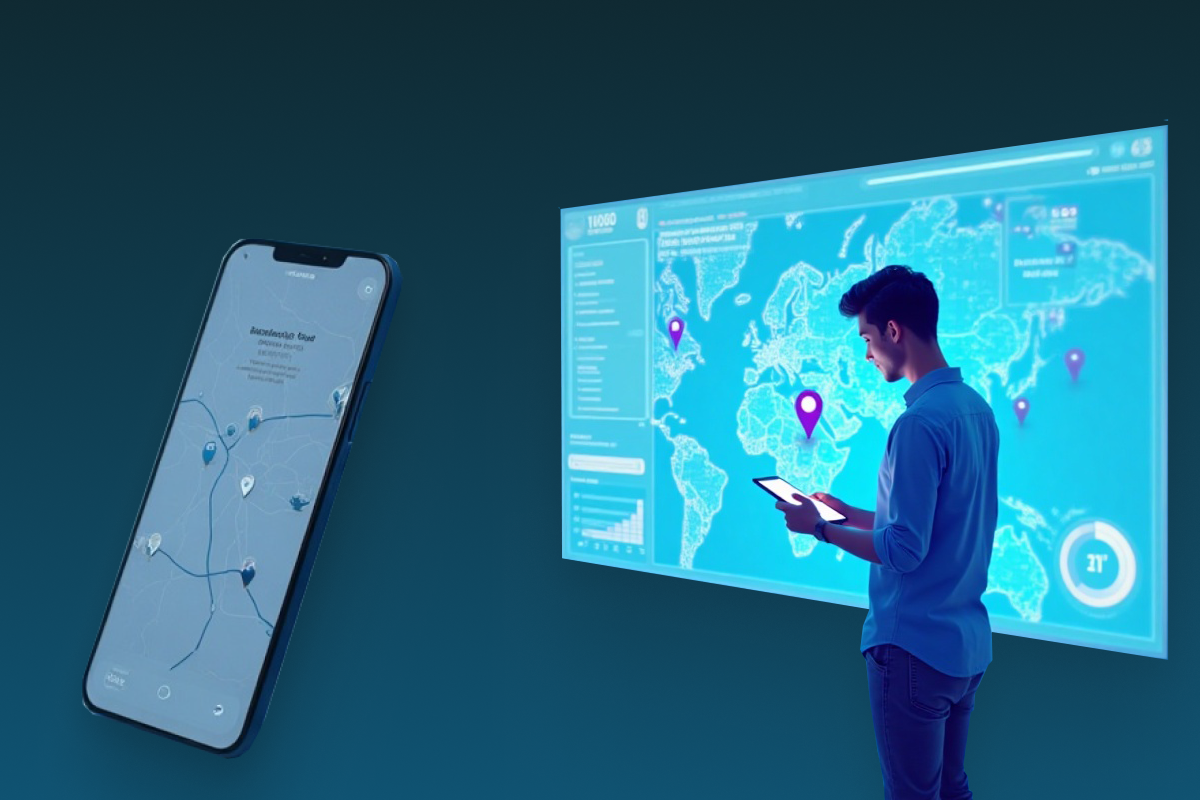All Technologies Used
Motivation
The municipality faced time-consuming manual reporting, inconsistent data from multiple templates, and difficulties tracking equipment depreciation across departments; the goal was to develop a platform that automates data collection, standardizes reporting, and provides municipal engineers with accurate, real-time, interactive reports, reducing manual effort and improving decision-making efficiency.
Main Challenges
The customer had only a high-level vision of the reporting platform, with many business rules, workflows, and field-level specifications missing or undefined, causing ambiguity and blocking early development progress; to address this, Azati established an iterative requirements-clarification workflow with weekly discovery sessions, rapid prototyping, and continuous validation to refine requirements in parallel with development.
The municipality used dozens of evolving depreciation and inspection templates, each differing by department and equipment type, leading to inconsistent data and frequent rework; Azati resolved this by implementing a dynamic form builder with template versioning, centralized rule management, and instant live updates that eliminated dependency on developers for template modifications.
Engineers operated in remote locations with unreliable or absent internet connectivity, making online-only tools unusable and causing delays and data loss; Azati addressed this challenge by building an offline-first mobile architecture with encrypted local storage, continuous auto-save, and a conflict-free synchronization engine that reliably restored data to the server once connectivity returned.
The municipality required the system to handle hundreds of reports per day while maintaining fast response times and preventing bottlenecks during peak hours; Azati solved this by designing an optimized data pipeline on MongoDB with incremental synchronization, background queue processing, and performance-tuned data indexing to ensure stable and scalable operations.
Our Approach
Want a similar solution?
Just tell us about your project and we'll get back to you with a free consultation.
Schedule a callSolution
Cross-Platform Mobile Applications
- Native Android and iOS support
- Offline data collection and synchronization
- Navigation between form sections
- Preview of filled forms before submission
Web Admin Interface
- CRUD operations for users
- CRUD operations for form templates
- CRUD operations for report templates
- Management of form submissions and data review
Dynamic Form Builder
- Intuitive template creation and editing
- Real-time updates to mobile and web apps
- Customizable sections and fields
- Template version control
Form and Report Management
- Draft, in-process, and sent form tracking
- Automated synchronization for offline submissions
- Real-time visibility of form status
- Integration with reporting templates for standardized output
Automated Notifications
- Automated email sending after form submission
- Configurable recipients for notifications
- Real-time alerts for critical updates
- Integration with both mobile and web workflows
Business Value
50 engineers freed from routine manual reporting: Automated workflows eliminated paperwork, enabling staff to focus on priority tasks.
624 reports processed daily: The platform handles high-volume reporting with consistent performance.
16-week delivery: Azati delivered the entire system in record time while maintaining high-quality engineering standards.
Improved reporting accuracy: Offline sync, automated checks, and dynamic forms reduced human errors and improved data integrity.






